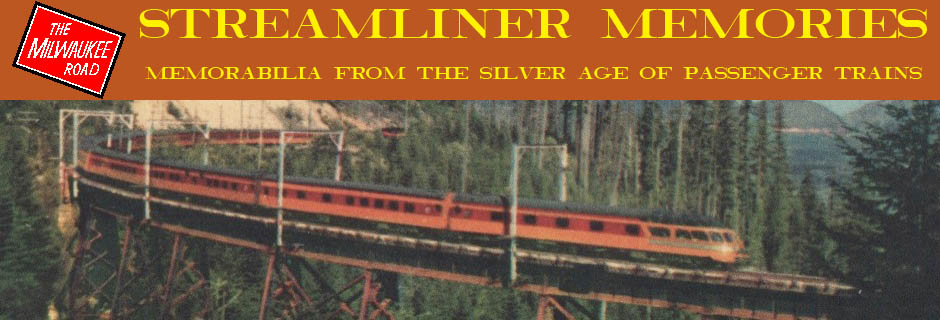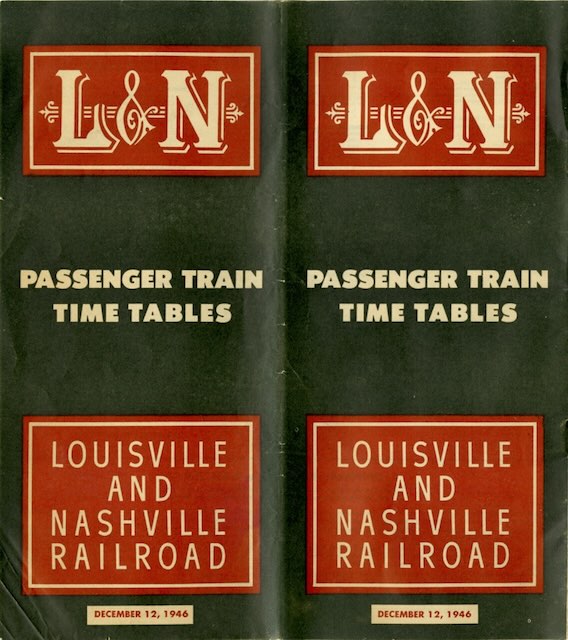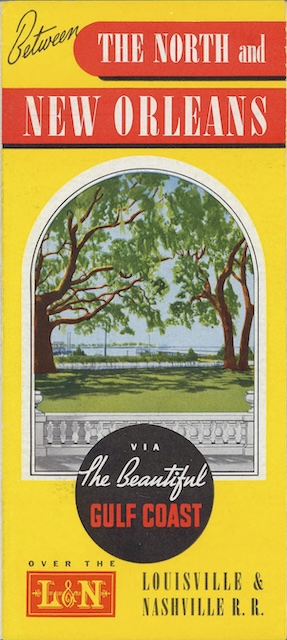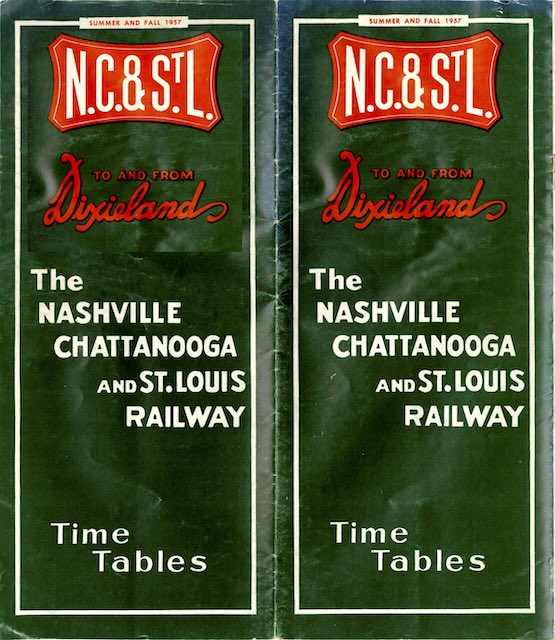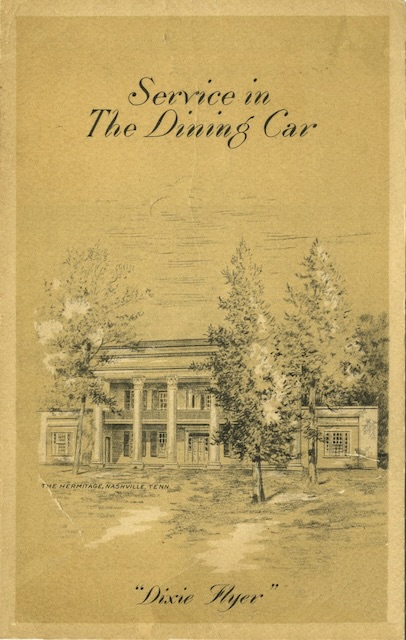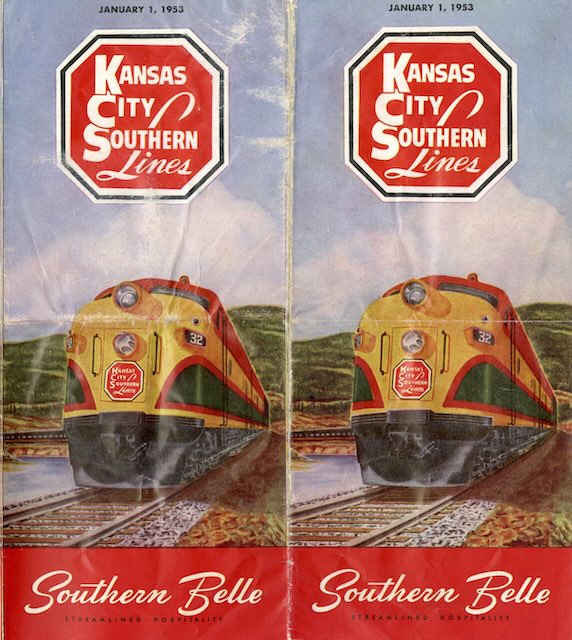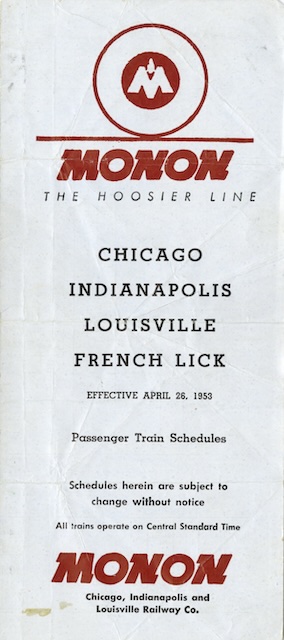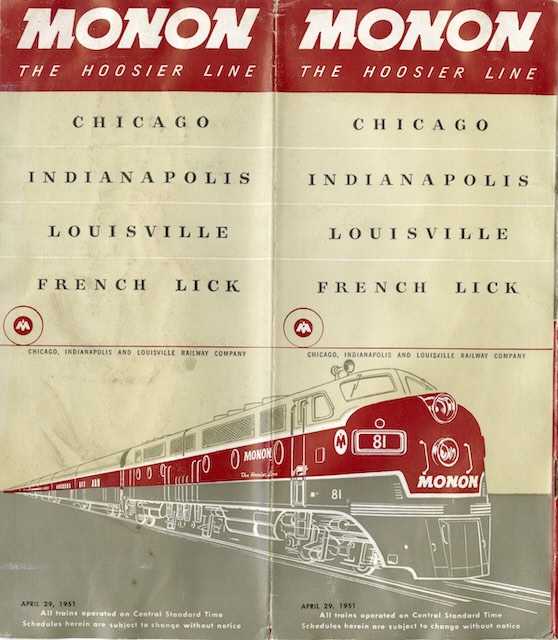In the five years since yesterday’s edition, L&N’s timetable lost another 16 pages. The station index had been cut from two pages to one, rail fares were cut from two pages to one-and-a-half, four pages of connecting trains were eliminated completely, and where yesterday’s timetable included 19 schedules, this one includes just seven, meaning a lot of local trains had disappeared.
 Click image to download a 9.9-MB PDF of this 20-page timetable.
Click image to download a 9.9-MB PDF of this 20-page timetable.
The 1946 timetable had four “Dixie” Chicago-Florida trains: Dixieland, Dixie Flyer, Dixie Flagler, and Dixie Limited. By 1949 the Dixieland was gone and by 1953 the Dixie Limited had also disappeared. The only Dixie left on today’s timetable is the Dixie Flyer, which in 1946 was a coach-only train. In 1958 it had sleeping cars but no food services. Continue reading
